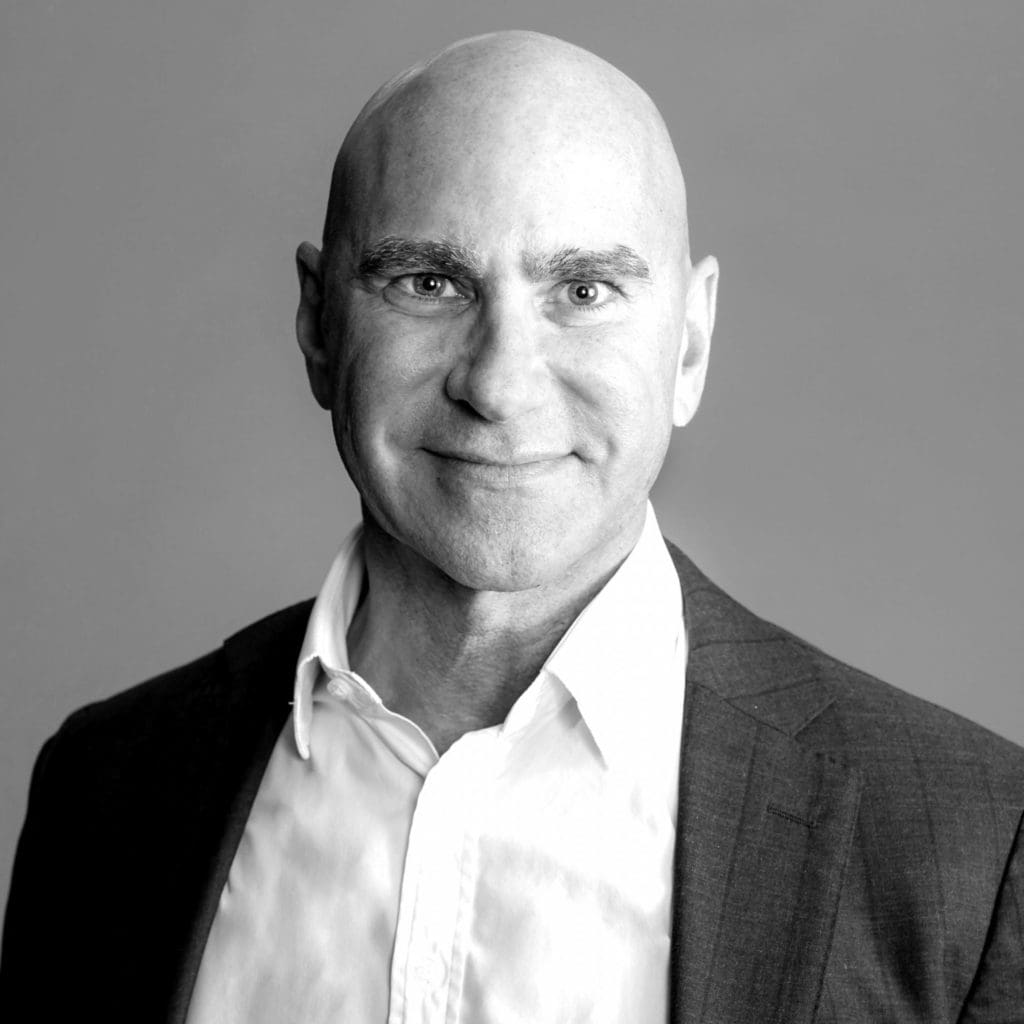
Guest: Jaime Szulc, who’s had a diverse international career that includes senior leadership roles in such well-known companies as Levi Strauss, Goodyear Tire and Rubber, SC Johnson, Accenture, and Eastman Kodak.
Episode in a Tweet: Adopt this disruption mindset so that your company is the one doing the disrupting.
Quick Background: Blockbuster. Xerox. MySpace. And, yes, Kodak. These businesses are long gone, but they endure as cautionary tales to any CEO who’s complacent. But dealing with disruption isn’t just about planning ahead: it’s about cultivating a culture and a mindset within your team that prioritizes innovation, experimentation, and above all, BIG thinking.
On today’s show, Jaime Szulc shares the steps you can take to position your company so it’s on the giving end of disruption, not the receiving end. Jaime also discusses some warning signs he spotted during the end of his tenure at Kodak that all CEOs should be on the lookout for if they want to avoid a similar fate.
3 Keys to a Disruption Mindset
1. Understand your customer’s ultimate desire.
Companies that adopt a disruption mindset understand that the product or service they’re selling isn’t really what they’re selling. Disruptive companies are selling a solution. A story. An experience. A feeling. Jaime says that your customers might not even know what their ultimate desire really is, and that fulfilling that desire takes more than just the latest technology and a good price point.
“Before the cell phone came in, you could do any research you can imagine, and people would never say, ‘I want a cell phone,’ he explains. “But the ultimate desire of the consumer is people want to be able to talk for free to anyone and from anywhere and not necessarily through an exclusive device. Or at Kodak, we didn’t sell pictures. We sold storytelling. And people really wanted to keep and share memories.”
As CEO Coaching International’s Rafe Wilkinson put it on a recent podcast, “Your solution is not more critical than the problem.” If you’re too enamored with your core business to respond to your customer’s shifting needs and major market trends, then the foundation of your business could sink right under your feet.
2. Follow a disciplined process to prevent being disrupted.
Your business’ critical growth accelerators are things that you can define, measure, and manage. Disruption is no different. Vision and research are important, but if a CEO spends too much time with his or her head in the clouds, nothing is ever going to get accomplished on the ground floor. Following through on your disruption mindset requires testing, targets, and accountability.

“Test, learn, and scale what works, and repeat that process over and over again,” Jaime says. “And then when it comes to execution, you throw gasoline into the fire. When you see something that is working, you feed it a little more, a little more, a little more until it catches fire. And then suddenly you have a portfolio of successful business units and companies that you can bet on.”
Jaime says that failing to build this kind of disruptive portfolio was far more damaging to Kodak than digital technology – after all, Kodak invented the digital camera in 1975!
“Kodak was a $14 billion imaging giant,” Jaime says. “And I left three years before the company went bankrupt because I thought that’s what would happen. Kodak sold a business called Eastman Chemicals, which exists today as a $9.5 billion company. And it also sold its health imaging division, which exists today in the form of Carestream, a $2.5 billion company. So Kodak was basically left alone in the mid-90s with just the film business. If you focus on the core business and you have nothing else, when you’re disrupted in the core business, then you don’t have anything else to fall back on. Kodak exposed itself to being disrupted by focusing primarily on one category, which was film.”
Kodak’s solution to its self-made crisis was to try to transform itself into a device company, but it was already too late. All its eggs were rotting together in one basket.
Your core competencies should provide opportunities to diversify your products and services the same way a financial advisor diversifies your assets across a healthy portfolio. Fire quick, inexpensive bullets, and avoid flinging around pricey cannonballs that could knock down your whole business.
3. Train your team to find its own path to disruption.
Jaime thinks that too many companies and CEOs act like a “herd of sheep.” They try to copy each other’s successes. They go to the same wells looking for new talent and consultants. They take big trips to China and spend lots of money on shiny new apps.
“But basically, everybody’s doing this,” he says. “So, you’re not going to get a different result by doing what everybody else is doing.”
Instead, Jamie recommends a simple three-step process for creating a culture that fosters a truly original disruption mindset that will be unique to your company:
Create dream jobs that will attract top talent.
Jaime explains, “I was managing a global restaurant business, and we didn’t have pricing people. And we had lost millions of dollars on adjusting pricing. So, I designed the job spec. And I went to the best guy in the markets and asked, ‘Who’s the best pricing guy in that specific region?’ And I interviewed people. And I said, ‘What’s your dream? And how can I make sure that job is aligned to the person’s dream?’ If you create the right boundaries for people and you incent them right, they will always bring you new ideas.”
Treat people with respect and celebrate mistakes.
“Have a company which can think diversely and has the right environment that fosters people and encourages people to think differently and foster mistake-making,” Jaime says. “So it’s okay to make mistakes. Just don’t make a million-dollar mistake. Make a $10,000 mistake. Make a $1,000 mistake.”
Buy expertise.
Your team can’t spend all its time jetting to Asia and Silicon Valley on fact-finding missions. “You have to short circuit the process,” Jaime says. “Don’t spend a week or four weeks or ten weeks doing it. You can do this within a few days. There are tools for that, like learning maps which teach people what’s happening in the industry, what’s happened to consumers, so on and so forth. You can have a myriad of solutions which vary depending on the company you work with.”
Top Takeaways
- Disruption is a mindset that leads to actionable, measurable, and transformative processes.
- Being disrupted is usually preventable. Fire lots of bullets, move on from misses, invest in shots that hit their marks.
- Disruption comes from outside your category. If you’re just following your competitor’s old blueprints, you’re as vulnerable to outside disruption as they are.
About CEO Coaching International
CEO Coaching International works with CEOs and their leadership teams to achieve extraordinary results quarter after quarter, year after year. Known globally for its success in coaching growth-focused entrepreneurs to meaningful exits, CEO Coaching International has coached more than 1,000 CEOs and entrepreneurs in more than 60 countries and 45 industries. The coaches at CEO Coaching International are former CEOs, presidents, or executives who have made BIG happen. The firm’s coaches have led double-digit sales and profit growth in businesses ranging in size from startups to over $10 billion, and many are founders that have led their companies through successful eight, nine, and ten-figure exits. Companies working with CEO Coaching International for two years or more have experienced an average revenue CAGR of 31% (2.6X the U.S. average) and an average EBITDA CAGR of 52.3% (more than 5X the U.S. average).
Learn more about executive coaching | Meet our world-class coaches








